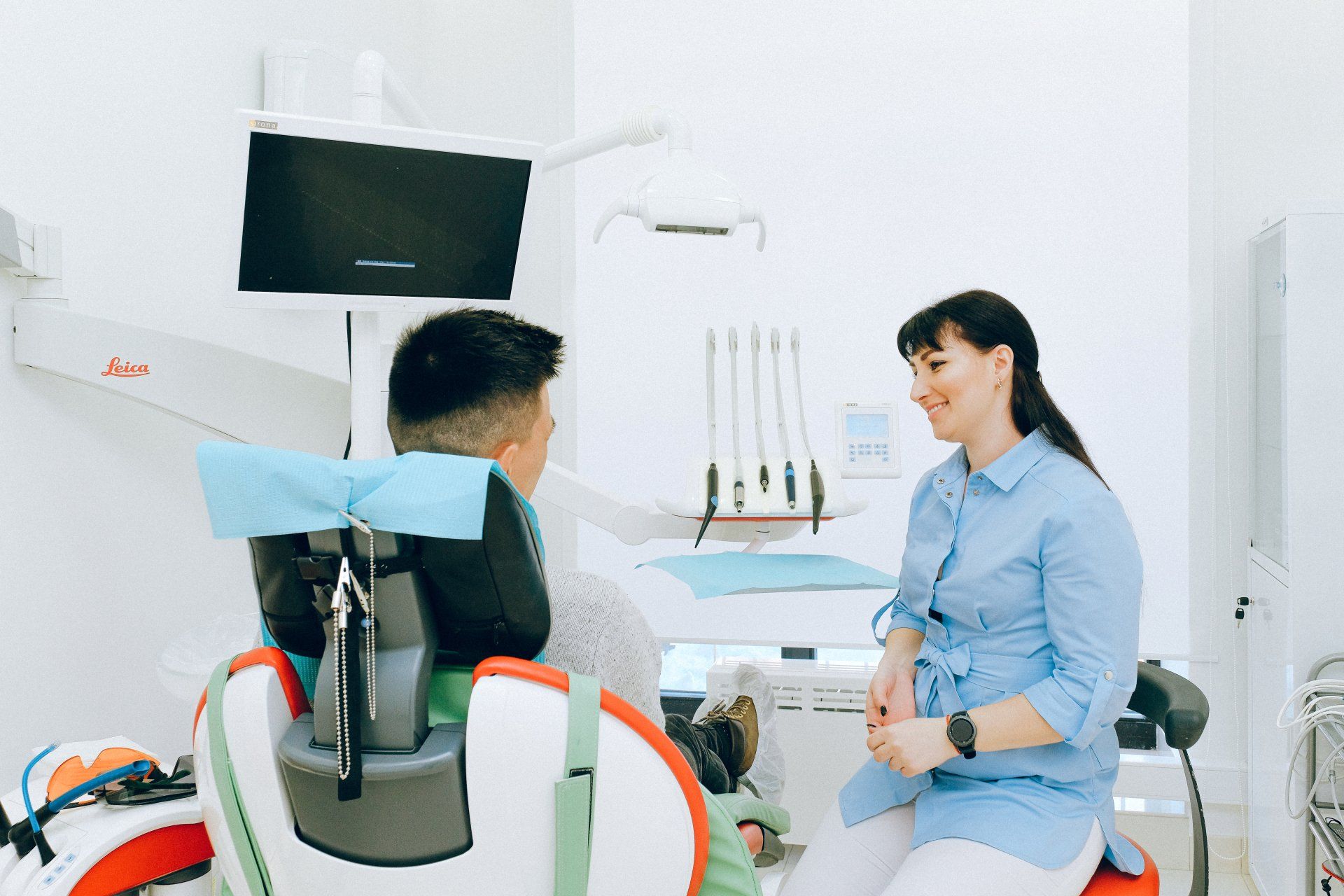Intravenous (IV) Sedation in Dentistry
IV sedation for Dental Anxiety
Intravenous (IV) sedation is a type of conscious sedation used in dentistry to help patients relax during procedures. It is administered through a small IV tube inserted into a vein in the arm or hand. The medication used for IV sedation is typically a benzodiazepine, such as midazolam or diazepam, which helps to reduce anxiety and promote relaxation.
IV sedation is often used for patients who have severe dental anxiety or phobia, as well as for those who require longer or more complex procedures. It allows the patient to remain conscious during the procedure, but they may not remember much of it afterwards due to the amnesic effect of the medication.
How is IV Sedation Administered?
IV sedation is typically administered and monitored by a trained dental professional, such as a dentist or anesthesiologist. The level of sedation can be adjusted as needed during the procedure to ensure the patient's comfort and safety.
There are potential risks associated with IV sedation, including respiratory depression and allergic reactions. However, these risks are rare and can be minimized with proper monitoring and use of appropriate medications.
IV Sedation to Relax
IV sedation can be an effective way to help patients relax during dental procedures, and it is generally safe when administered by a trained professional. However, it is important for patients to discuss any concerns or questions about the use of IV sedation with their dentist or anesthesiologist before undergoing the procedure.





